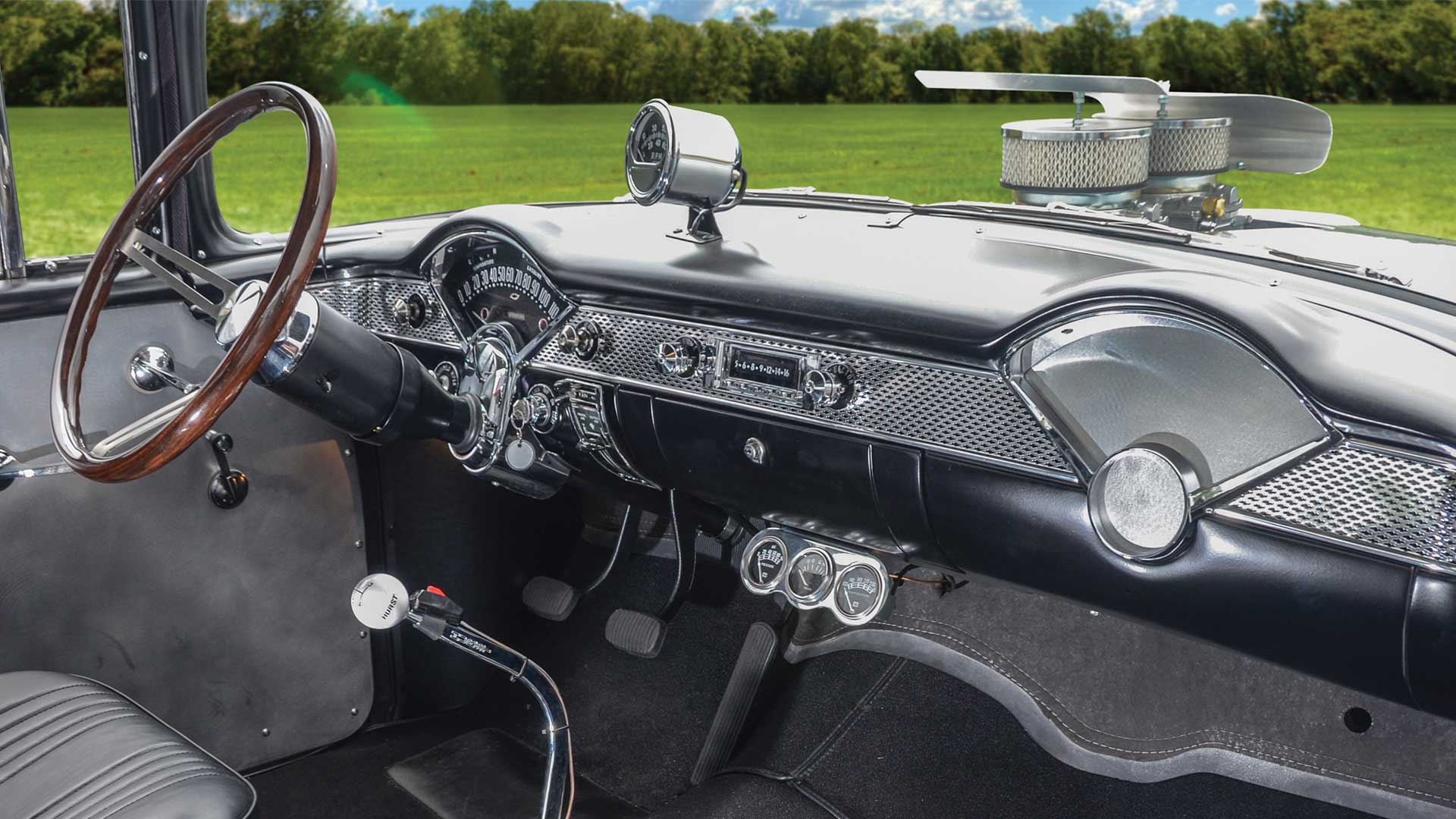
Tachometers & Automotive Gauges
Adding an aftermarket tachometer and custom automotive gauges to your vehicle is a great way to improve visibility to your engine's vital signs. JEGS offers a wide selection of the best aftermarket car gauges and related auto parts from top manufacturers such as Auto Meter, Bosch-Actron, Classic Instruments, Intellitronix, Stewart Warner, JEGS Gauges, and others. Each car tachometer and gauge is made from high quality components and assembly so you can get the visibility performance you want at a price you can afford with the assurance you need.
Can You Install An Aftermarket Tachometer?
Yes, you can install aftermarket tachometers in your vehicle. Aftermarket tachometers are designed to be compatible with a wide range of vehicles and can provide valuable information about your engine's RPM (Revolutions Per Minute). Installing an aftermarket tachometer typically involves connecting it to the engine's ignition system and mounting it in a visible location on your dashboard or instrument panel.
What Are the Different Types of Tachometers?
There are several types of tachometers available for automotive use, including:
- Mechanical Tachometers: These tachometers use a mechanical cable or linkage to measure engine RPM.
- Electronic Tachometers: Electronic tachometers use sensors and wiring to measure and display engine RPM.
- Shift-Light Tachometers: Some tachometers feature a shift-light function that illuminates at a specific RPM, helping drivers with gear changes.
- Multi-Gauge Sets: Gauge sets often include a tachometer along with other essential gauges like speedometers, fuel gauges, and more.
How Much Do Tachometers Cost?
The cost of tachometers can vary depending on factors such as their type, features, and brand. Basic tachometers can start at around $50, while more advanced models with additional features may range from $100 to $200 or more. It's important to choose a tachometer that suits your needs and is compatible with your vehicle's specifications.